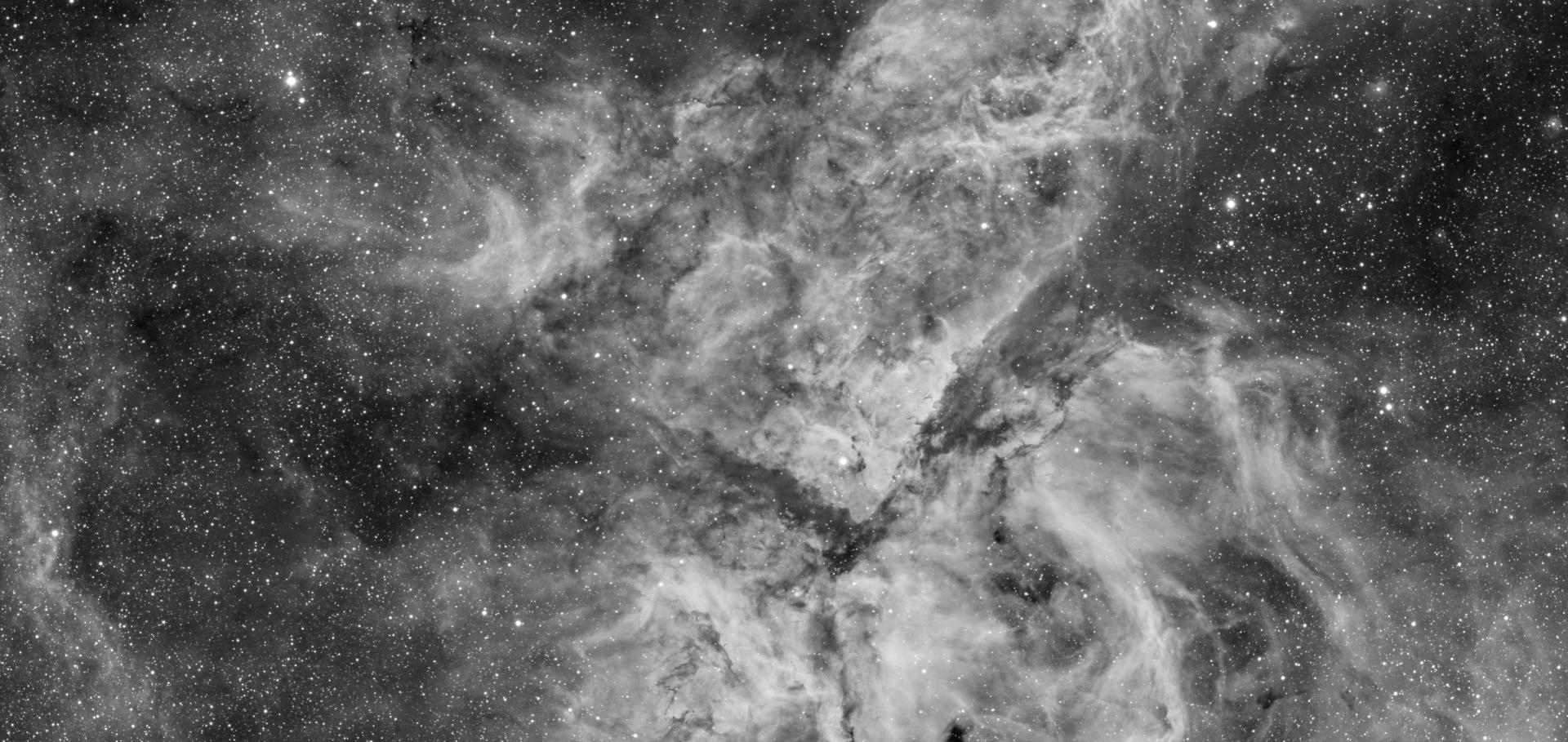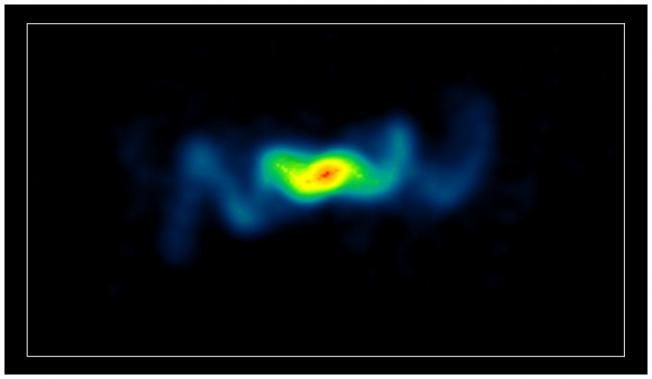A high-frequency and multi-epoch VLBI study of 3C 273
ASTR SOC P 250 (2002) 184-190
Abstract:
We show results from a 7 year VLBI monitoring programme of 3C 273 at millimetre wavelengths. We find evidence for component acceleration, motion or rotation of fluid dynamical patterns, and an outburst-ejection relation between gamma-ray flares and, new jet components.A high-resolution multi-wavelength study of the jet in 3C 273
ASTR SOC P 250 (2002) 243-247
Abstract:
We present HST images of the jet in 3C 273 at 622 nm and 300 nm and determine the variation of optical spectral index at 0.2 arcsec along the jet. We find no evidence for localized acceleration or loss sites: only slight changes in the spectral shape are observed throughout the jet. We consider this further evidence in favour of a distributed acceleration process.A multi-frequency study of the radio galaxy NGC 326
ASTR SOC P 250 (2002) 380-383
Abstract:
We present preliminary results of a multi-frequency study of the inversion-symmetric radio galaxy NGC 326 based on VLA observations at 1.4, 1.6, 4.8, 8.5, and 14.9 GHz. These data allow us to investigate in detail the morphological, spectral and polarization properties of this peculiar object at different spatial resolutions.AGN and cooling flows
ASTR SOC P 250 (2002) 481-486
Abstract:
For two decades the steady-state cooling-flow model has dominated-the literature of cluster and elliptical-galaxy X-ray sources. For ten years this model has been in severe difficulty from a theoretical point of view, and it is now coming under increasing pressure observationally A small number of enthusiasts have argued for a radically different interpretation of the data, but had little impacton prevailing opinion be-causeAhe unsteady heating picture that they-advocate is extremely hard to work out in detail. Here I explain why it is difficult to extract robust observational predictions from the heating picture. Major problems include the variability of the sources, the different ways in which a bi-polar flow can impact on X-ray emission, the weakness of synchrotron emission from sub-relativistic flows, and the sensitivity of synchrotron emission to a magnetic field that is probably highly localized.ASCA observations of inverse-Compton X-rays from radio lobes and the field-particle energy densities
ASTR SOC P 250 (2002) 389-393



